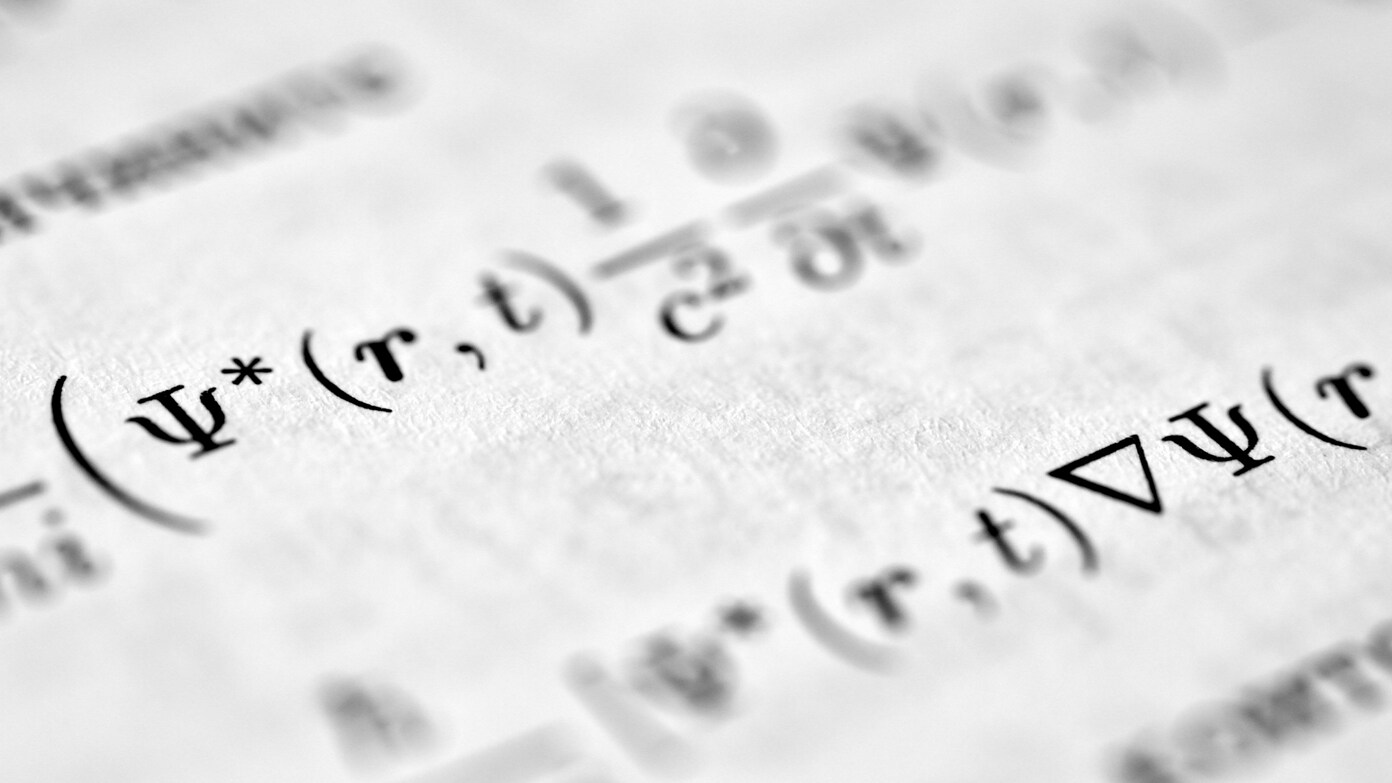The mathematical formula behind Trump’s tariffs
What formula did Trump use to set the new Tariffs?
On its surface, the new tariff plan issued by Donald Trump would seem to oscillate between two extremes of an advanced economic theory. However, according to BBC Very, the mathematics behind the new tariff regime of Trump is surprisingly simple and controversial.
Under this flat rate approach, the Trump administration imposed a 10% tariff on many imports, with higher tariffs on countries with which the U.S. has large trade deficits. While many assumed these tariffs had to do with what those countries charged on exports to the U.S., actually the White House’s formula had very little to do with any degree of reciprocity attached to tariffs.
How the tariff is calculated
As stated in official documents and also shown by Trump during his White House presentation, the formula begins with the goods trade deficit between the US and the country in question. That count is then divided by the total value of goods imported from that country. This numerator percentage is cut in half, a decision Trump reportedly defended with, “Because I want to be nice.” For instance, the trade deficit with China was $295 billion and imports amounted to $440 billion. Therefore, $295 divided by $440 gives a tariff rate of 67% for the PRC. Cutting it in half gives a final tariff rate of 34% on China. The same simple formula with perhaps some variable inputs was applied to other regions and led to the introduction of a 20% tariff on imports from the European Union.
Critics call it “Economic Nonsense”
Such an approach, according to trade economics experts, has come under fire for its methodology. Economic journalist James Surowiecki called it “tremendous nonsense” on the social media platform X, arguing that in fact the administration simply took the trade deficit, divided it by imports, called it a tariff rate, and then arbitrarily just cut it in half. Many economists argue this oversimplifies trade dynamics, ignoring U.S. trade surpluses in services such as finance and intellectual property, in which it generally exports much more than it imports.
What formula did Trump Use to Set the new Tariffs?
On its surface, the new tariff plan issued by Donald Trump would seem to oscillate between two extremes of an advanced economic theory. However, according to BBC Very, the mathematics behind the new tariff regime of Trump is surprisingly simple and controversial. Under this flat rate approach, the Trump administration imposed a 10% tariff on many imports, with higher tariffs on countries with which the U.S. has large trade deficits. While many assumed these tariffs had to do with what those countries charged on exports to the U.S., actually the White House’s formula had very little to do with any degree of reciprocity attached to tariffs.

